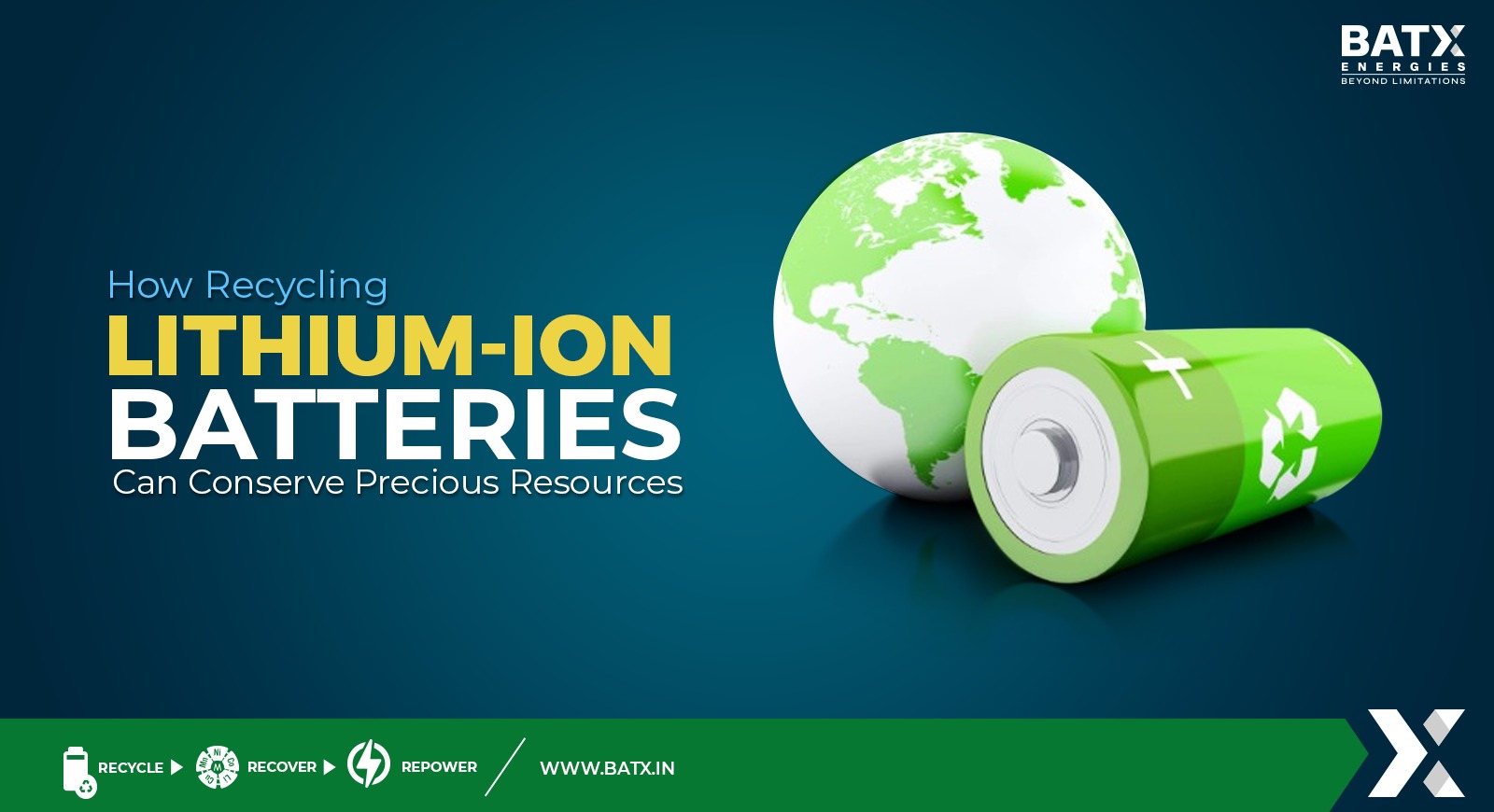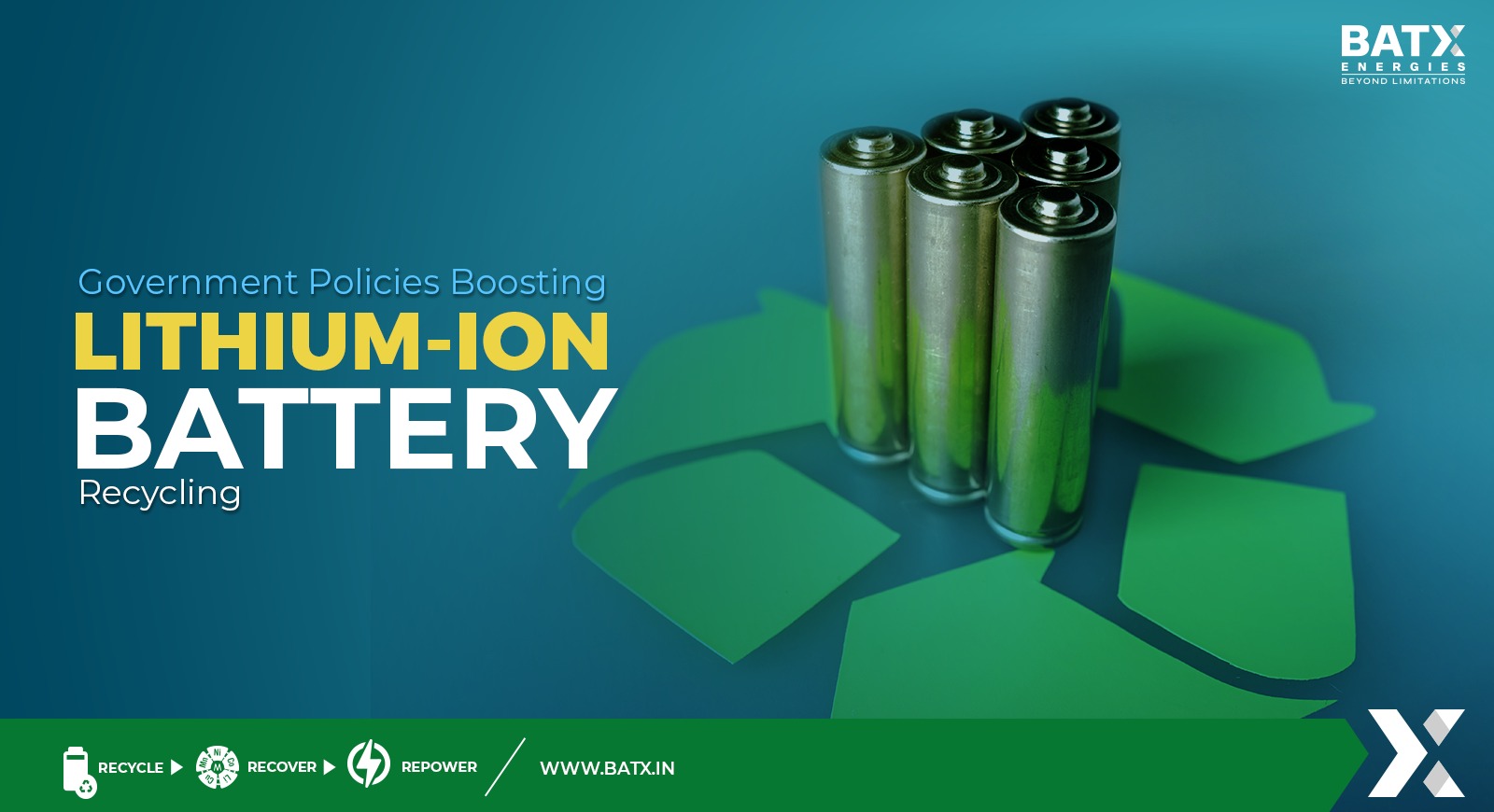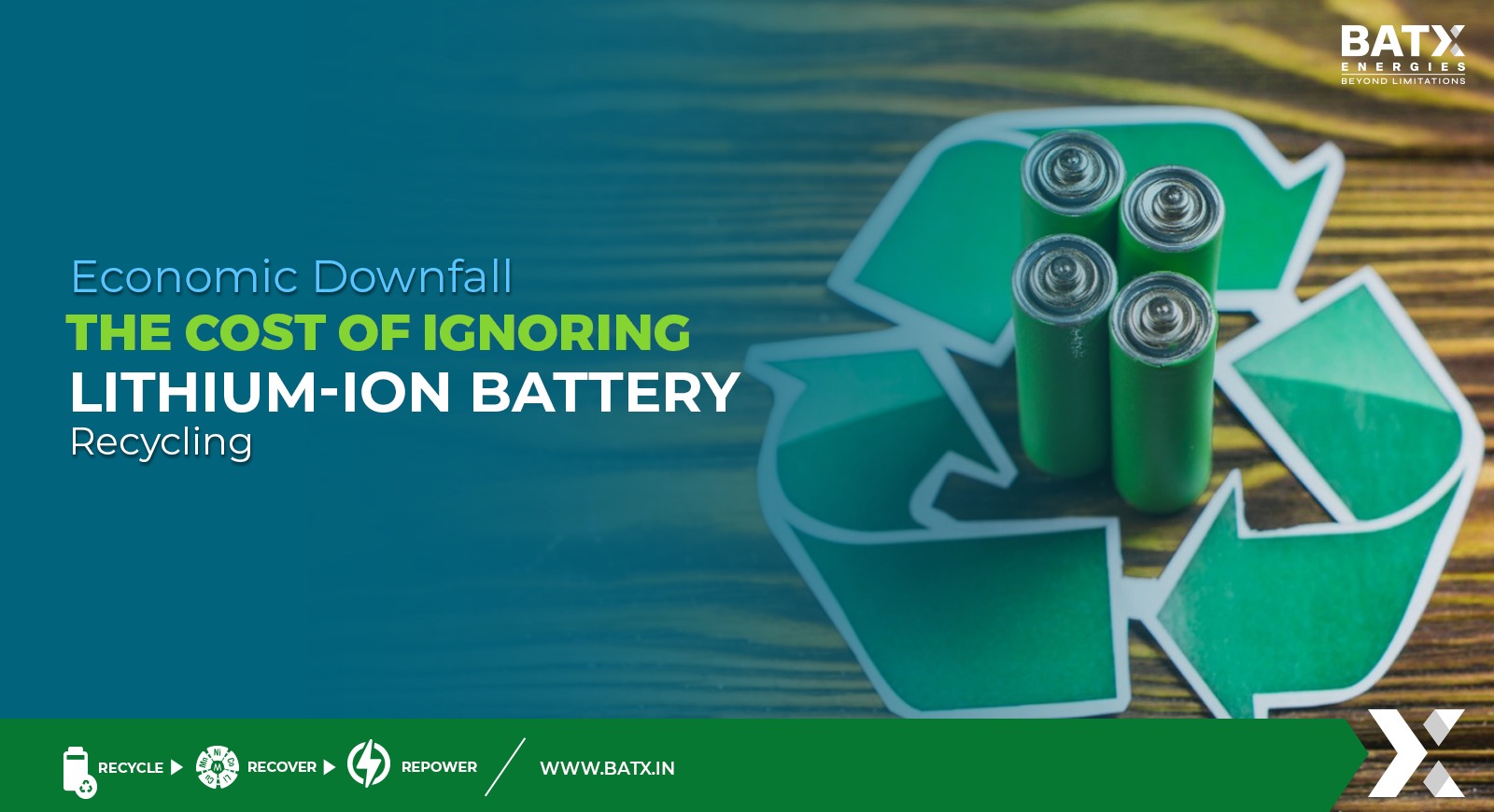There are many things to consider when we look at the options available for batteries. The big disrupter in the battery industry is lithium batteries. We are seeing more and more migration from traditional lead-acid batteries to lithium batteries.
To begin with, Lead-acid batteries are significantly cheaper than lithium batteries, you can expect to pay almost double for lithium. That being said, that is based on the initial purchase price. If you consider the average cost per year, lithium batteries cost less to maintain so the longer you have them the less cost difference there will be over lead-acid.
Lithium batteries are much lighter than lead-acid batteries.
Lead-acid batteries have the capacity (the maximum amount of energy that can be extracted from the battery) of around 300 charge cycles with a depth of discharge of 50%. Lithium batteries have a much higher life cycle. A standard lithium battery has between 2,000 to 5,000 charge cycles with a depth of 80%.
Lead-acid batteries have the highest value of reusability. Almost 90% of the battery materials are recycled and reused. Recycling infrastructure for these batteries is well established whereas the recycling infrastructure for lithium batteries is gradually now growing.
It generally takes 8 hours to fully charge lead-acid batteries whereas it takes just 1 hour to charge 80% of lithium batteries and just 3 hours for a full charge.
Lead-acid requires that you constantly keep the top of the battery dry and clean. You must water the battery with distilled water to about ½ inch above the plates. You must not overcharge the batteries and you must use the battery often, whereas Lithium-ion batteries require none of these.
Lithium batteries have a much higher energy density than other batteries. They can have up to 150 watt-hours (WH) of energy per kilogram (kg), compared to nickel-metal hydride batteries at 60-70WH/kg and lead acid ones at 25WH/kg. They also have a lower discharge rate than others, losing around 5% of their charge in a month compared to a nickel-cadmium (NiMH) batteries which lose 20% in a month.
Lead-acid batteries are more powerful in terms of charge and discharge performance and thus offer advantages for applications with high power requirements, such as onboard batteries, small vehicles and stationary storage for power grids with high power requirements, among others. However, they are not yet a good enough fit for electric cars.
But having compared the different types of batteries, the most obvious advantage of electric car batteries is that they don’t produce the pollution associated with internal combustion engines. However, they still have environmental costs. The electricity used to recharge EV batteries has to come from somewhere, and right now, most electricity is generated by burning fossil fuels. Another important advantage of battery-powered motors over gas-powered engines is the lower cost of the fuel — that is, electricity for EVs and gas for the internal combustion engines.



